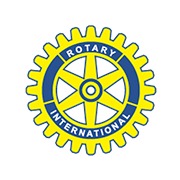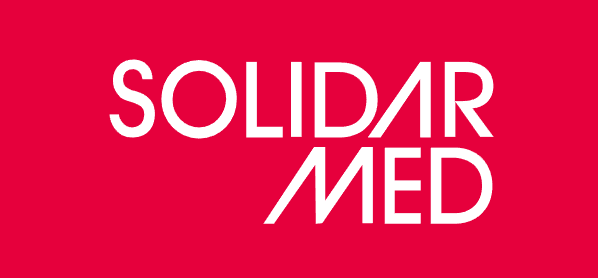Who We Are
The Bracelet of Hope Team
Bracelet of hope is made up of a team of passionate individuals who value wellness, collaboration, equality, and sustainability. Together they work to help Lesotho recover from HIV/AIDS and towards their vision of a stronger and healthier Lesotho.
Meet the team
Values
Wellness, Collaboration, Equality, Sustainability.
Mission
Helping Lesotho recover from the devastation of HIV/AIDS.
Vision
A Stronger and Healthier Lesotho.
The History of Bracelet of Hope
2005
The Masai Center is founded
The origins of Bracelet of Hope go back to 2005 when Dr. Anne-Marie Zajdlik founded the Masai Centre for Local, Regional and Global Health in response to the growing number of HIV/AIDS patients in the Guelph area. “Masai” was the name of a beautiful baby boy born in 2003 at the Guelph General Hospital to Ethiopian parents, both of whom were HIV-positive. Because his mother received appropriate treatment, Masai was born HIV-negative. Had he been born in Ethiopia he would have had a 40% chance of being born with HIV and would likely have eventually joined the ranks of AIDS orphans and vulnerable children. Bringing this child into the world without the death sentence of HIV was a turning point for Anne-Marie. That beautiful, healthy newborn symbolized the contrast between rich nations and poor, hope and despair, well being and daily misery, life and death.
2006
Bracelet of Hope is born
As a result, in 2006 Anne-Marie launched the Masai for Africa Campaign with a goal of raising $1 million in Guelph for the Ontario Hospital Association’s (OHA) Tšepong Clinic in Lesotho – the first AIDS clinic in that country. Claire Alexander and a group of enthusiastic students from the University of Guelph came up with the brilliant idea of hiring a collective of South African women to make red and white beaded bracelets to sell on campus at $5 each to reach a goal of $100,000. The bracelets caught the attention of the whole city of Guelph and it was then that the Masai for Africa Campaign became Bracelet of Hope.
2009
One million dollars for the first AIDS clinic in Lesotho
The response to the Bracelet of Hope campaign was overwhelming—journalists, students, parents, churches, businesses and unions were all involved. Birthday parties, golf tournaments, garage sales, bake sales, walk-a-thons, weddings, funerals, anniversaries took place with donations going to Bracelet of Hope. With this amazing support, the Bracelet of Hope Campaign reached the $1 million mark in 2009 and contributed significantly to the operation of the Tšepong Clinic, saving thousands of lives.
2010 – 2012
Government of Lesotho assumes full responsibility for the Tšepong Clinic
In 2010, the agreement between OHA and the Government of Lesotho for the Tšepong Clinic came to an end and the Government of Lesotho assumed full responsibility for the financing and operation of the clinic, now one of several government-funded clinics throughout the country. In July 2012, Tšepong Clinic was re-organized. Rather than run two outpatient departments in the same hospital, one for AIDS and one for everything else, the Government of Lesotho merged Tšepong Clinic into one general outpatient department. This is part of a growing trend world-wide. Integrating AIDS treatment into the general health system is seen to be more cost effective and to decrease the stigma often associated with AIDS.
2010 – Present
Bracelet of Hope expands the scope of its work
In 2010 Bracelet of Hope began to expand it’s scope of work. We began to work with community-based groups around the Tšepong Clinic to support the fight against AIDS in other ways, such as supporting foster homes for AIDS orphans and addressing poverty and unemployment with income-generating activities. Today we take a holistic approach to addressing the AIDS pandemic which includes supporting HIV treatment and testing and also taking care of Lesotho’s most vulnerable populations
Our Supporters




